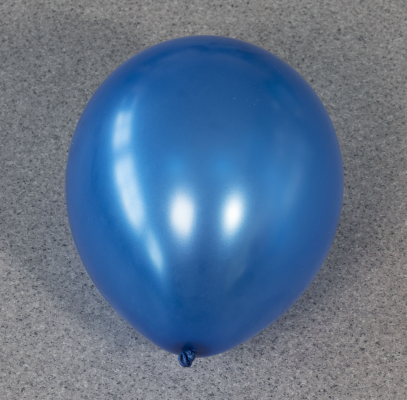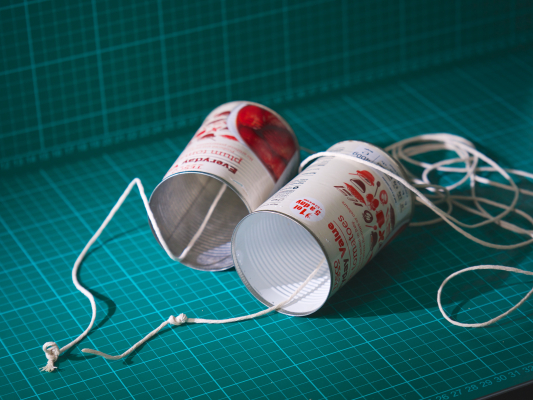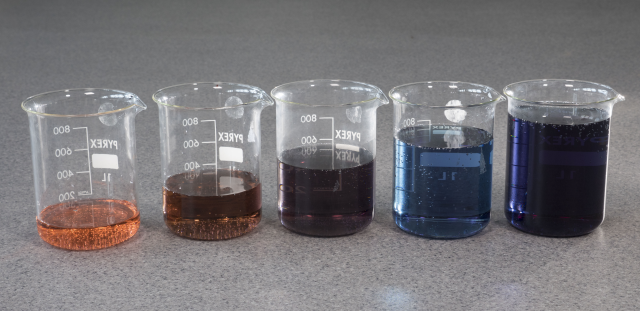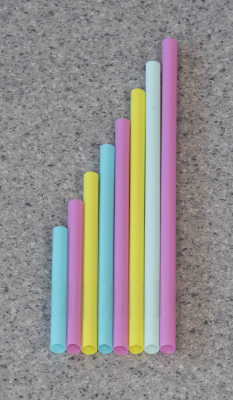What does a sound engineer do?
A sound engineer works specifically with the mechanical and technical aspects of recording, mixing, reproducing and manipulating the electronic effects of sound. They control microphones, sound levels and outputs along with their experience of acoustics to produce the best quality of sound suitable for purpose. Sound engineers don’t always work in music. There are specialist areas of sound engineering to become involved in, such as studio engineering, live sound engineering, game and audio design or audio post engineering which involves mixing and editing sound for television and movies.
Attributes: tenacious, self-motivated, organised
How do the loud lollies work?
How does my Loud Lolly work?
Today you made a harmonica using lolly sticks, plastic straws and elastic bands. You may have noticed that you can use it to make a pretty loud noise!
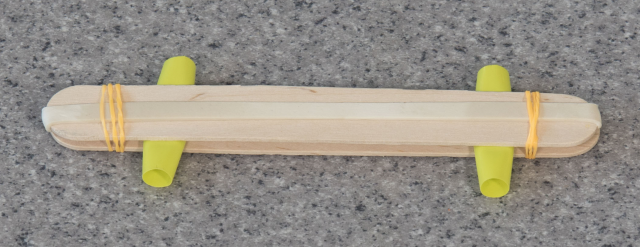
Sound is the energy produced by vibration which travels through the air and into your ear. This causes your eardrum start to vibrate and your brain to interpret that vibration as sound.
When you blow into your Loud Lolly, the straws and rubber bands start to vibrate from the force of your breath which causes the sound you hear.
Experiment with your Loud Lolly
If you move the two straws closer together or farther apart, how does the sound change? What happens when you pinch the Loud Lolly together more with your fingers or your lips?
Do try this at home: use a balloon to amplify sound
What to do:
Blow up and tie your balloon. Hold the balloon close to your ear and tap lightly on the other side.
What is happening?
You should be able to hear a loud noise even though you are tapping lightly. This is because when you blew up the balloon you forced the air molecules inside the balloon closer to each other. This means they become a better conductor of sound waves than the ordinary air around you and you hear a louder noise.
Do Try this at home: tin can telephones
What to do:
Cut a piece of string about 5 times your height. Thread the tin cans onto the piece of string. Make sure that the cans are bottom to bottom. Tie large knots in both ends of the string. Pull the string tight to use. Now try to use the tin can telephone with a slack string – does it work? Why do you think this is? Tighten the string again and try touching it gently whilst you speak into the can. What can you feel? Why do you think this is? What happens if you attach a third can on a piece of string?
Safe science: tin cans may have sharp edges so examine the cans carefully before use.
What is happening?
Sound is made up of vibrations. When you speak you vibrate the air coming out of your mouth. This travels across the room and is picked up by the ears of anyone close enough to hear. The tin can collects those vibrations and passes them along the string – that’s why you can feel the string vibrating. What happens to the vibrations if you shout or whisper? Here’s a challenge – can you find a way of using the tin can telephone around a corner?
Do try this at home: water xylophones
What to do:
Collect 5 or more of the same sized drinking glasses, some water and a wooden stick such as a pencil. Line up the glasses next to each other and fill them with different amounts of water. The first glass should have just a little bit of water in the bottom, then each glass needs a little more until the last one, which should be almost full.
Hit the glass with the least amount of water and listen to the sound, then hit the glass with the most water.
Safe science: make sure you have an adult to supervise this investigation as glass may smash if used incorrectly.
Which makes the higher sound?
Hit the other glasses and listen to noise they make.
Can you make a tune?
What is happening?
The glass with the most water will have the lowest tone when hit with the pencil while the glass with the least water will have the highest. When you hit the glass you make small vibrations, creating sound waves which travel through the water. More water creates slower vibrations and a deeper tone, while less water creates faster vibrations and a higher tone.
Do try this at home: drinking straw pan pipes
What to do:
Collect 8 plastic drinking straws. If they are the bendy type, cut off the bend and use the straight part of the straw. The first straw will need no cutting. Cut about 2 cm off the end of the next straw, 4 cm off the third straw, 6 cm off the fourth straw and so on until all 7 straws have been cut. Lay a piece of clear tape on the table, sticky side up, and arrange the straws on the tape from longest to shortest, with the tops of the straws all lined up with each other. Wrap more tape around the straws to secure them together. Blow over the top of the straws.
Which straw makes the highest pitch noise? Which straw makes the lowest pitch noise? Why do you think this is?
What is happening?
The pitch of a sound corresponds to the frequency of the sound wave: the higher the frequency, the higher the pitch. The shorter the straw, the higher the frequency of the sound wave and the higher the pitch. The longer the straw, the longer the frequency of the sound wave and the lower the pitch. To find out more about pitch, click here and watch this video.



